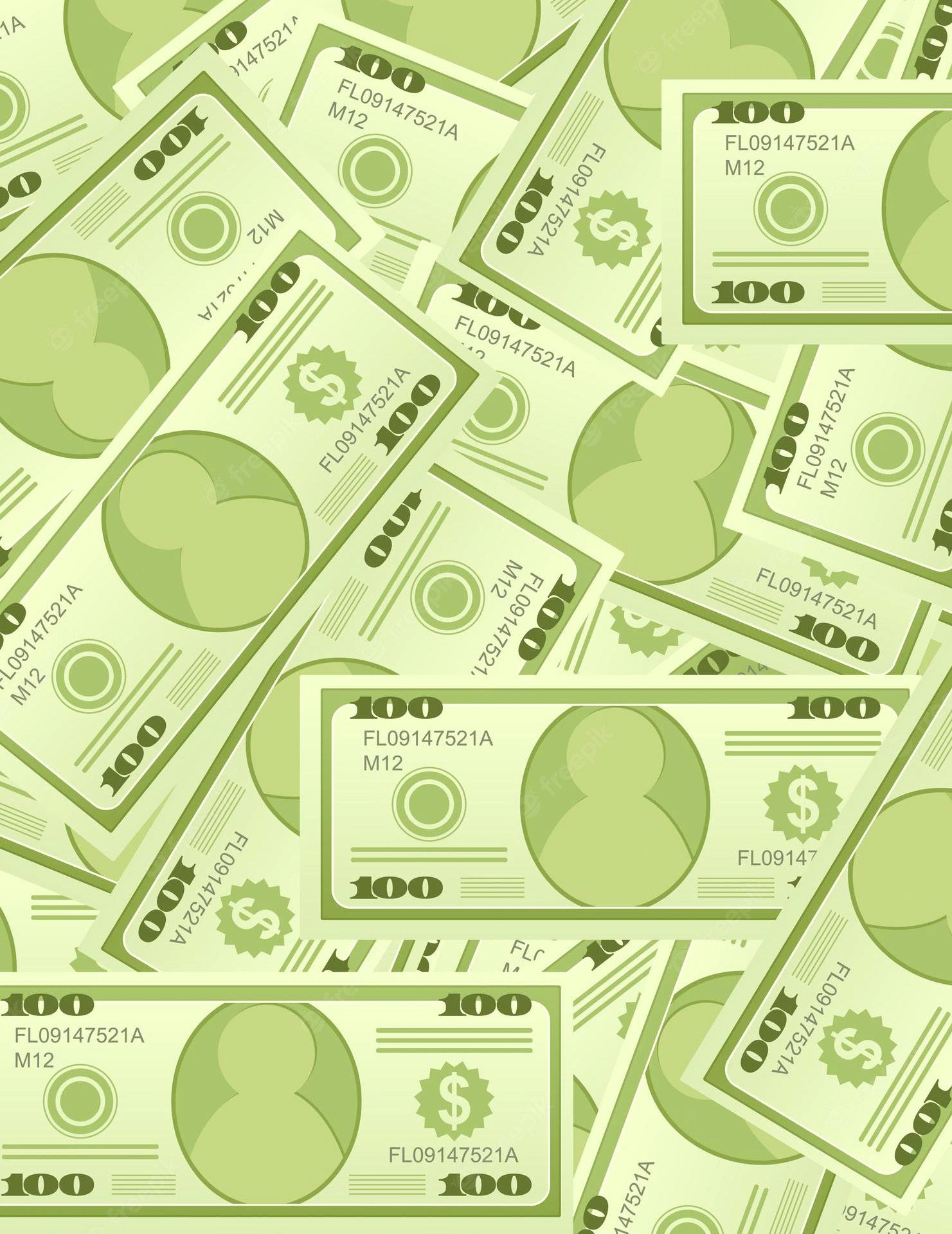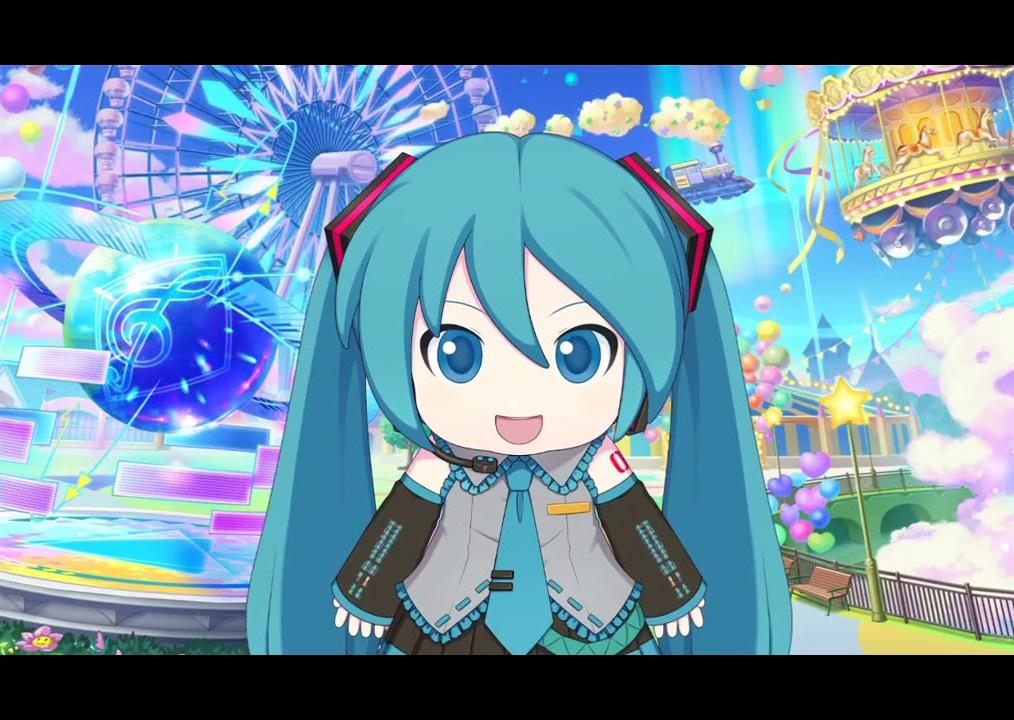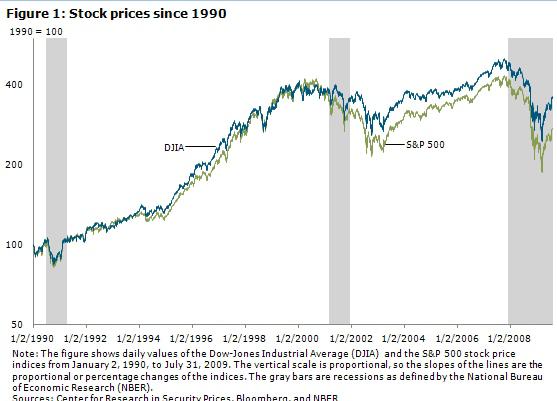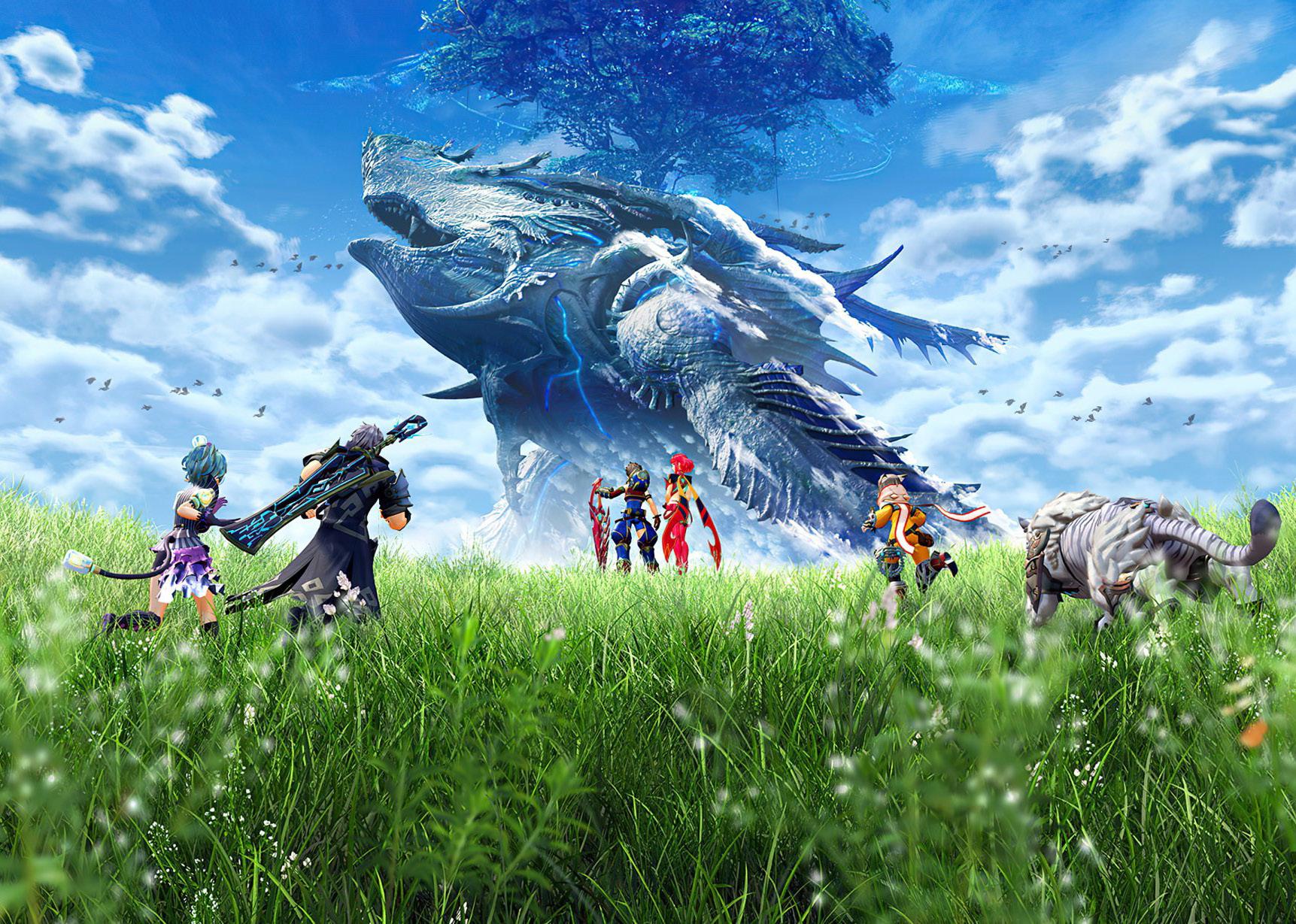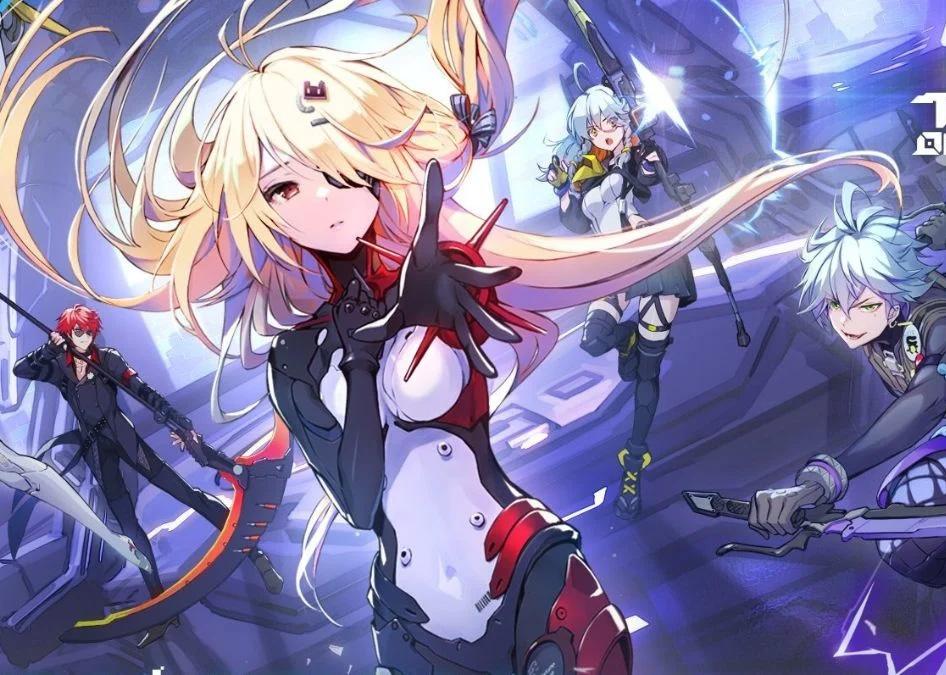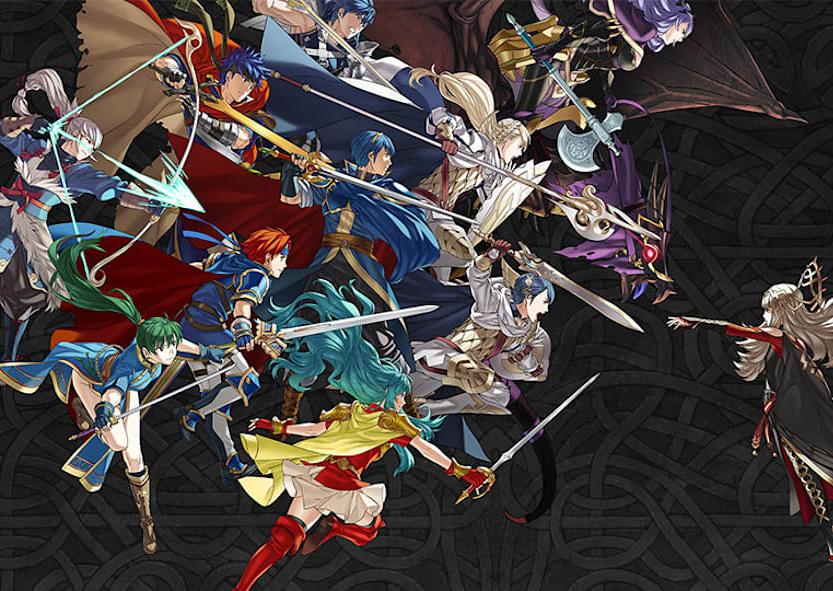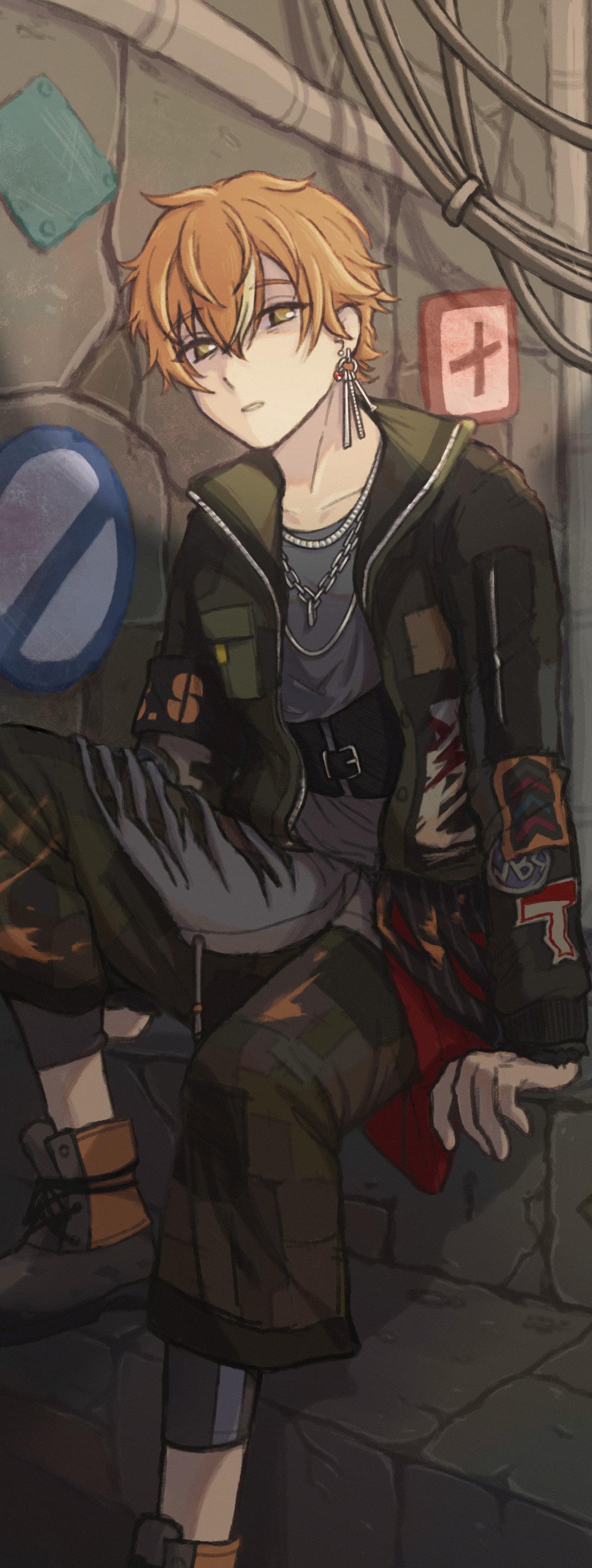Nahida Genshin Impact
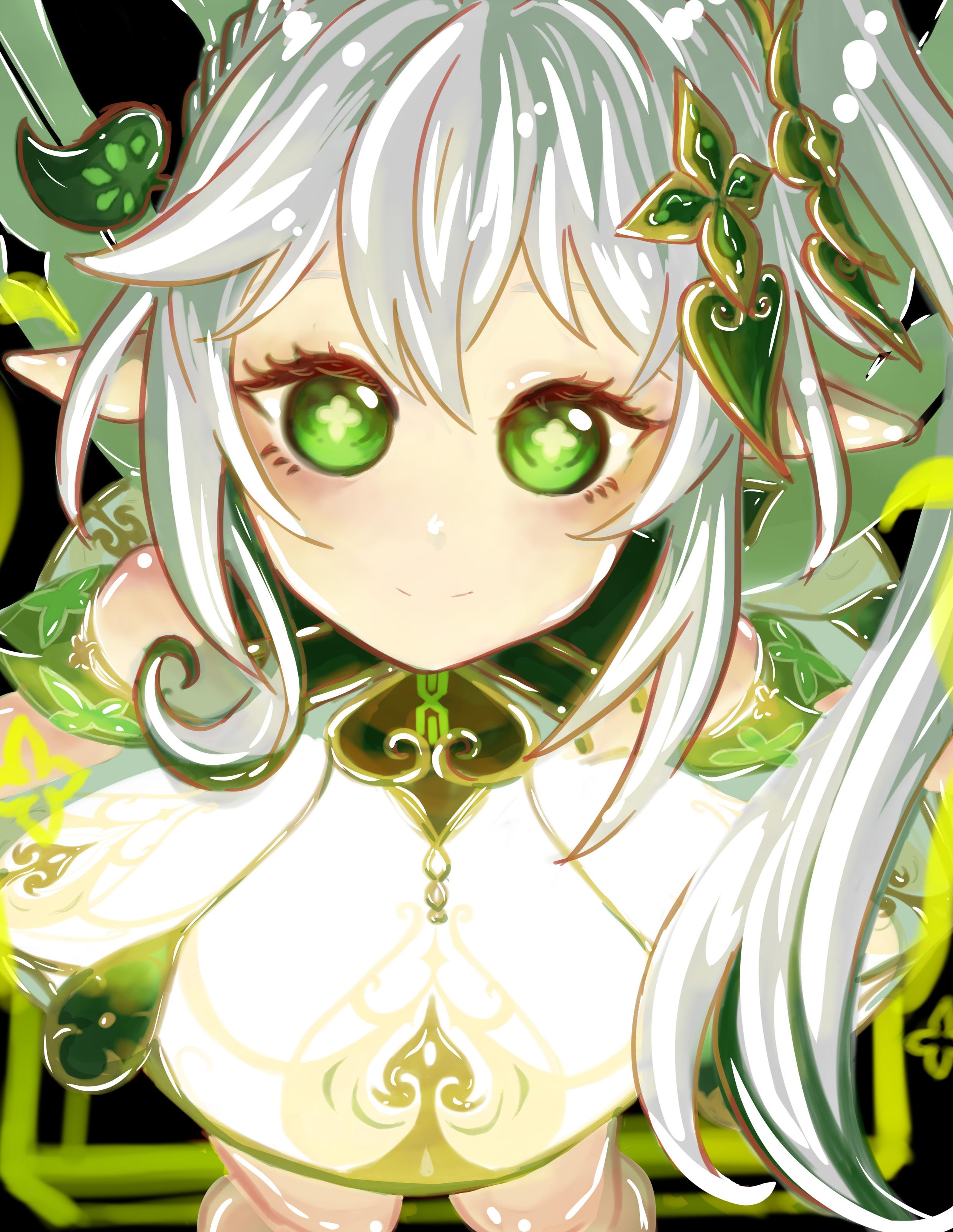



Patriot is one of the main antagonists of Arknight’s Reunion Arc, the last major threat Rhodes Island has to face before going to topple Talulah’s plans. But while not at the top of his organization, Patriot is undoubtedly the most legendary warrior one could ever meet on Terra, at least in terms of notoriety. He has led a long life, only knowing combat for the sake of his ideas and principles, and the danger that he poses is the fruit of his unstoppable advance that cannot be interrupted, so long as he has the will to fight.

Having been born about 200 years before the events of the Reunion Arc, Patriot is a full-blooded wendigo, a rare breed of the Sarkaz species, known for their strength, longevity, and long-lasting traditions of witchcraft and bloody rituals. Patriot, then known as Buldokrast’ee, did not partake in such activ ities that he viewed with disdain. Due to his innate physical aptitude, he found himself as a soldier under the orders of the Sarkaz queen, but he left her after tiring of all the killing that he was made to do. His hatred of bloodshed would be a constant in his entire life, but the same could be said of the duties in volving killing that he would be given by all of his masters.

Indeed, his journey brought him to the country of Ursus, where he became a military officer and formed a family, although his wife would pass away after giving birth to their one son. Although he despised killing, he likely took on this role of officer as it was all he had known, and he wished to quickly find acceptance in Ursus’s society. And indeed, he excelled at this, as his charisma and strength of character would make him beloved by all who fought alongside him or worked with him, and his fame within the country would earn him the title of “Patriot”. He would attempt to uphold the responsibility tied to this name at all costs, even hiding the fact that he contracted Oripathy, the deadly global disease on Terra, during one of his missions, even from his own son. This led to a crucial point in his life where he had to take arms against his own son, who, in a major case of tragic irony, led a rebellion against Ursus for the rights of those suffering from Oripathy who were being chastised and executed all around the nation.
What followed was a new betrayal of his side, as he left Ursus, with many of his men deciding to follow him, as they still be
lieved in who he was and what he lived for, and it was his turn to become a rebel for the sake of the infected. This would lead him to challenge several of the Emperor’s Blades, the strongest soldiers in Ursus who sacrificed their bodies to demons for the sake of their nation, and then join the Reunion, an organization fighting for the Infected, but with a leader, Talulah, that was once again corrupted and going on the wrong path, like the others that Patriot had abandoned. And he would eventually meet his end against the protagonists of the story, Rhodes Is land, leading his men with his gigantic shield despite his body almost being a carcass filled with Oripathy crystals, accepting his demise, and entrusting his enemies with his quest, as he deems them fit to continue that which he fought for.
The story of Patriot is that of a man who should have been a hero, but whose fights and deeds only led him to tragedy and destruction. Gifted with Wendigo blood, and pursuing righteous principles alongside many different people who all looked up to him, he went down a successful path of change for Terra. But no matter where or for which side he fought, the result would never change. Despite marching for the oppressed, his march brought death and despair. Whether it be his son and the other rebels, or civilian onlookers with no relation to the conflict, such as in Children of Ursus, a side story that tells the tale of the misery that loomed over a group of children stuck in a school during a Reunion uprising, Patri ot’s heroism was real in his principles and in the admiration that such a great man inspired, but little more than that. Even so, he kept going, even if every step his body took relied on a miracle, as he believed his fight was justified as long as he kept standing. Even when Amiya used her powers to give him visions of his family and of a happy ending when he is on the verge of death, he denied the vision, telling her that his fate was not hers to decide. Patriot only perishes when he decides to trust her with his ideals, something he had never done be fore because he had lived thinking that they could never be left in the hands of another man, organization, or nation. Perhaps it could be viewed as ironic that a traitor such as him, who only believed in himself rather than sides or groups, was known as the Patriot. But that name was simply given to him by all who looked up to him. Even the Emperor’s Blades, symbols of Ur sus, showed immense respect to him despite his treason, for he never once deviated from his allegiance. He simply believed in principles, not banners, and that is precisely why he is the Patriot, one who stands firmly alongside a nation or a people, even if that nation is lost in corruption, whatever form it may take.
WriterProbably like the majority of the casual player base, my recent interest in Yu Gi Oh! Master Duel comes not from continued consistent interest throughout the years and more a renewed intrigue for a childhood hobby. Given the card game’s lack of a set rotation system, I’d say that economic incentives exist for Konami to pander to those with similar situations. It’s no secret that renewed support for classic archetypes like those used by the characters of the original Duel Monsters anime was released in an era where fans of that series were old enough to feel nos talgic. Newer Dark Magician or Blue Eyes cards clearly exist for that reason. However, as someone who was never really all that enthralled by Duel Monsters, I wasn’t really caught up in the waves of nostalgia that presumably entrapped many millenni als a few years back. The recent interest I’ve expressed in the game kind of comes down to two reasons. First, the game is extremely accessible in a digital format at no cost, in a manner which makes it easy to frame as a social activity with friends. Second, and perhaps more important, there’s more HERO sup port. My childhood is now marketable as nostalgic and hence GX archetype support is plentiful, which is a factor that I abso lutely cannot deny in terms of why I’ve become more interested in the card game once again at my ripe old age of twenty.


While Master Duel is a great platform to play Yu Gi Oh on that I’ve been enjoying with friends, it’s made me acutely aware of certain large issues with the game. To clarify, I don’t really fo cus on the most meta relevant decks, but I do play HEROes, which, while not the best deck, is consistent in spamming boss monsters out onto the field. Because I run a mishmash of var ious things in that large archetype that may or may not work together, I primarily focus on getting at least one of Dark Law, Destroyer Phoenix Enforcer, or Sunrise out on my first turn. This is something that is remarkably easily done, yet in practice, takes an absurd amount of time. The combo-heavy decks of the current era are certainly better than beatdown decks from the game’s genesis, but the ridiculous amount of cards in the current pool have resulted in an absolute cluster of madness with endless combos. Frankly, given how I thought the game seemed unsustainable ten years ago, it’s remarkable that Yu Gi Oh is still limping on, but the current game looks more like Solitaire than a fun trading card game. Certainly, my current experience with the game is the best I’ve ever had because I no
longer need to guess card effects (I played the OCG). Still, since I mostly play with my friend who primarily plays a degenerate Trickstar burn strategy, games kind of just come down to who has the best luck with their first hand and not any deliberate game theory-esque strategy of decision making.

Beyond that, while I generally dislike gacha systems, I actually appreciate the one within Master Duel for limiting what most players can assemble. It kind of levels the playing field in terms of how extreme most people’s decks can be early on, albeit I’d obviously appreciate it more if you couldn’t bypass that inher ent pacing with actual cash. I genuinely feel a sense of satis faction from obtaining new valuable cards in a way not unlike (but far cheaper than) the way buying packs with my saved lunch money used to feel. The process of assembling a deck itself is by far the greatest strength of Master Duel as the pro gression from being destroyed by random beatdown decks to mercilessly cyber bullying young children playing Sky Strikers is very appealing. Perhaps the game could use more single player content, showing players key decision points and making them consider tactics more clearly. Those scenarios would not only be fun as logic puzzles, but it could genuinely elevate the level of gameplay for the format as a whole, which would be great. Still, talking about Master Duel as a single player experience misses the point – Yu Gi Oh as a card game has always thrived as a social activity with friends. And in that way, while sessions probably consist of more bashing on the card game itself than the developers intended, Master Duel is a fantastic activity that I’ve been enjoying recently, even though I barely know what a Link or Pendulum is.
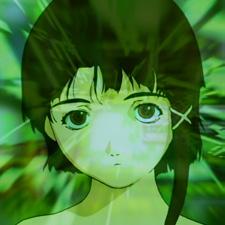 Managing Editor
Managing Editor
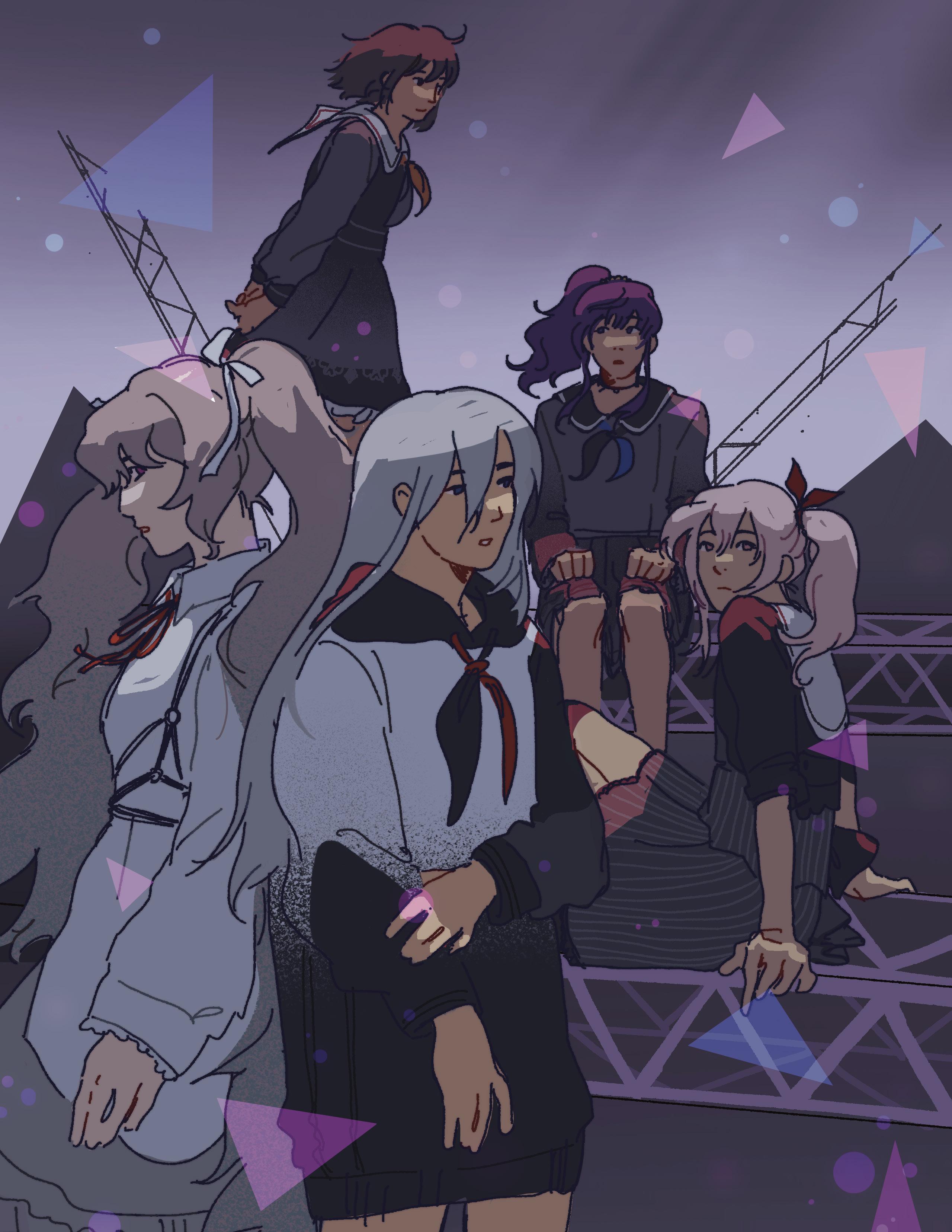 Project Sekai
Project Sekai
 Art By Madeline Ahn
Art By Madeline Ahn
Question 1
Do you play any gacha games? If so, what do you like about them?

I love the game 阴阳师 (Onmyoji) for its immersive heian-kyo setting, incredible charac ter designs, and beautiful soundtracks. Bonus, it features a an all star VA cast. Case and point, Toa Yukinari (Naruto’s sasuke) voices the MC.
I played Fire Emblem Heroes, Kono suba: Fantastic Days, and Date A Live: Spirit Pledge. Gunning for one character and their build is extremely fun. Too bad Genshin refuses to let me do the same with Hu Tao.
I play wayyy too many gachas, but my favorite right now is Project Sekai! I’ve been a longtime fan of rhythm gachas for their gameplay, but Proseka was the first to make me genuinely interested in its stories and characters. I also love that the game depends on Vocaloid producers and artists in the Vocaloid community to create songs and MV/promotional art!
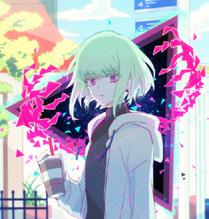
I definitely play more gachas than my wallet can handle. I mostly play them for the satisfaction of seeing my account progress, either through rolling new cards/units or spending time grinding in game materials.
I play Genshin and Cookie Run Kingdom, and I love them because I love seeing character designs come to life!
I used to play but I stopped. I don’t really like a lot of things about them but they some times have artwork or music made by my favorite artists, which made them somehow better.
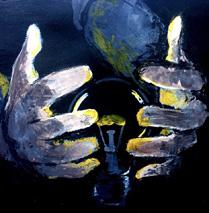
Question 2
At what point do you realize that you should drop an anime or manga?
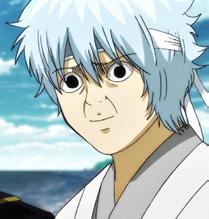
Excessive fan service, too romance heavy (not my personal cup of tea), if I hate the MC still by chapter/episode 3, or just uninteresting story in general.
When I get bored. If a show fails to catch my attention within the first episode, then how am I expected to know it’ll get better? I’ll place my bets on a show that hits the ground running.

I usually watch 1-2 episodes/read 1-5 chapters to get a feel of the plot, characters, and animation/art styles, and if I dislike all of the above, I’ll probably drop the series, though I also have a horrible habit of dropping whenever I just don’t feel like watching the next episode lol
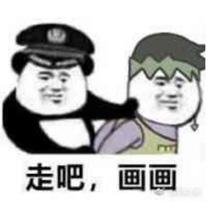
I usually drop an anime/manga if I’m 6-7 episodes in or 1/4 of the way into a manga and I still can’t immerse myself into the world or any of the characters.
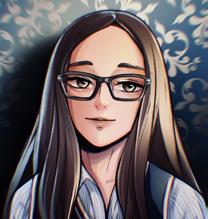
I love plot, and I’m unfortunately pret ty picky, so I tend to drop anime that feel like they’re achieving nothing for the next ten epi sodes. If it’s unnecessarily ecchi at too many points but the story is bland, I tend to drop those too.
When there’s too much fan services; au thor is obviously dragging the plot/repetitive plot.
Smears are frequently utilized for characters to express them selves just as if they would in a full-2D show while simultaneously retaining the advantages and extra dimensionality provided by being 3D. Converging the two, it’s the best of both worlds.

Dreaded CGI, something most anime fans appear to be fatally allergic to, but also that which I’ve come to appreciate increasing ly more over the past year, perhaps because I used to work with it myself. People usually cite titles such as Orange’s Houseki no Kuni as examples of CGI anime done well, which I don’t neces sarily take issue with, but on the other hand, Sanzigen (derived from 三次元 meaning three-dimensional) has been pumping out phenomenal work over the past few years while receiving signifi cantly less recognition. Dare I say it, their output contains some of the most respectable feats I’ve seen among nearly full-CGI television anime.
I originally dropped BanG Dream! due to how off-puttingly lack luster the first season is. I could potentially enjoy it slightly more on a revisit due to now having better familiarized myself with the cast and where they end up, but the initial viewing experience was nothing short of a slog and frankly felt devoid of life. Fortunately, it’s mostly foundational and doesn’t constitute the bulk of the series’ anime anyway, largely serving as an origin story for Poppin’ Party. Certain moments may be subtly circled back to in later sea sons, but otherwise it doesn’t feel nearly as important as what’s to come, a match to jumpstart the flame that is the rest. Tragically, it’s a necessary evil to trudge through.
BanG Dream! 2nd Season is where things really kick off. Sanzi gen takes the reins, and this is where I realized my mistake in dropping the series. Presentation feels like night and day, as the show immediately gains so much personality upon shifting to CGI. Characters are exceedingly expressive, wearing emotions on their faces and interacting in a more engaging manner than ever before. Sanzigen is a 2D/3D hybrid studio, resulting in a distinct aesthetic stemming from traditional 2D art being incorporated in conjunction with CGI. Organic CGI in anime sounds oxymoronic given how low the bar often is, but Sanzigen manages to achieve such and breathe life into characters. BanG Dream! 2nd Season onwards and D4DJ are two works which I feel demonstrate profi ciency in translating 2D anime mannerisms to 3D (Holo no Graffiti too) while avoiding any uncanniness one would anticipate. Tradi tional drawing is seamlessly deployed atop the models’ faces, en abling broader ranges of facial expressions and nuanced gestures than what would otherwise be feasible using said models alone.
Camera movements particularly benefit from this. Rather than repeatedly redrawing subjects from different angles to mimic the effects of a rotating camera, the camera can simply physically ro tate. During performances, the camera effortlessly zooms about, highlighting every member onstage from every angle imaginable. CGI allows for greater efficiency in terms of movement as animat ing instruments and coordinated group dance sequences are no toriously challenging, more difficult than fight scenes oftentimes, due to the sheer amount of complex details to keep track of and continuous motion. There are good reasons as to why many idol anime exclusively switch over to CGI for their concerts, unless it’s Idolm@ster who missed the memo. BanG Dream! certainly makes the most of its CGI toolkit as seen with its performances, as they are consistently the most dynamic and impressive I’ve seen in regards to girls music anime, blowing even late Aikatsu! out of the water. Character gestures, lighting, camera angles, and stage effects all cohesively coalesce to deliver pure magic. Given how the show is primarily CGI from the get-go, jarringness that would be present in other shows upon shifting to such for performances alone is also absent. In spite of such, there exists yet a different source of jarringness, as less relevant characters and background extras stick out like a sore thumb. Due to not having as distinct designs, they feel more like video game NPCs in comparison to named characters. The issue is partially mitigated, however, as they’re usually represented by seas of colorful neon glow sticks shrouded in darkness, with bodies of individual crowd members rarely being displayed. 2nd Season’s character models look fan tastic, albeit with room for improvement, but Sanzigen continues to iterate, one-upping themselves every consecutive year. The fol lowing year’s 3rd Season and D4DJ First Mix proved to be notice able steps up from 2nd Season on a visual front, and same goes for the numerous related films released the year after. Meanwhile, Poppin’ Dream, Morfonication, and D4DJ Double Mix, which aired earlier this year, have maintained, if not pushed the envelope even further in regards to quality, boasting some of the most polished CGI I’ve witnessed within the television anime sphere. I can’t wait to see what the studio plans to dish out next.
I do want an opportunity to speak on the series beyond just CGI, as BanG Dream! proves commendable in terms of content as well. Coming from a rhythm game gacha franchise, a massive cast should be a given. As a result, the series prioritizes groups to focus on; all characters end up appearing and regularly interact, but screen time isn’t distributed equally and everyone’s complete arcs aren’t shown. I personally wasn’t bothered as I feel the series
 Writer
MAX R.
Writer
MAX R.
chose some of the more interesting bands to focus on, though hardcore fans of other groups may be understandably disappoint ed. However, unequal division of screen time has the silver lining that those that do get emphasized have ample opportunities to develop. Poppin’ Party and Raise A Suilen take center stage for the majority of the 2nd and 3rd seasons, and the series succeeds in terms of providing fulfilling stories for both. I was skeptical as to whether I could grow attached to the former considering how I didn’t care for them throughout the first season, but by the aforementioned Poppin’ Dream film, where they journey to Guam and everything comes full-circle, the opposite couldn’t hold truer. It feels as if Poppin’ Party has come such a long way by the end of it all, and the series is left in a position where it feels complete while also leaving room to still continue if it wished to. Roselia also receives somewhat of a spotlight, but they also have their own film duology that dives deeper into their origin story and bandmates’ motivations. Although the rest aren’t bestowed the same treatment, even the neglected still serve purpose. It’s the minor cross-band interactions between characters that contrib utes to the ‘interwoven community’ feel where many characters will hang around and converse with others outside their own band, giving them lives outside of music and playing into their believability, enough for many to pass as people despite largely embodying anime tropes and one-note gimmicks. At the end of the day, this is why even chibi spin-offs like Garupa☆Pico remain enjoyable as it entirely plays off the cast’s dynamics as a group to create gags.
On the surface, the Film Lives may seem easy to gloss over as they’re simply concerts from beginning to end with no semblance of story whatsoever. Various music anime may attempt some thing similar, but most provide little more than a performance compilation. The same can’t be said for BanG Dream! as I’ve been absolutely flabbergasted by its films. They’re not only well produced, but strangely ambitious. Film Live! was enjoyable in its own right; even so, Film Live! 2nd Stage ended up possibly my fa vorite installment in the franchise’s anime and unquestionably the greatest anime concert film I’ve ever seen. Conceptually, it feels like a genuine attempt to recreate a real concert in anime form given how the audio appears to be an actual concert recording to retain a sense of authenticity, and how the event is shown in its entirety without cutting away to anything else. Most impressive, though, is its sense of scale, or how it conveys both rather. The concert venue is grandiose with multiple stages and a colossal audience that envelops them from all sides. Vocals reverberate and cheers erupt amidst choruses, which fosters enthusiasm and immersion. Visual effects and lighting go crazy as kaleidoscopic lasers shower the floor. Banter is witty and naturally showcases each band’s chemistry as they take turns MCing, to which all seven play to provide decent musical variety. Even crazier is how the film has three separate post-credit encores that serve as alter native endings, which supposedly rotated between screenings in theaters from week to week. It’s so much more than it needed to be and I love it for that.
Dig Delight Direct Drive DJ, or D4DJ for short, is what led me to give BanG Dream! a second chance in the first place. I was initially intrigued by its CGI after seeing clips friends had posted, and coming off of a Revue Starlight rewatch at the time, I figured another Bushiroad project would be relevant to tackle. You know a show is destined for greatness when it unapologetically pulls out the air horns; they are indeed unironically used within the show itself on numerous occasions. Apart from being both a Bushiroad and Sanzigen property as well as sharing some staff,
D4DJ doesn’t have much in the way of direct connections to BanG Dream!, though I like to think of it as a spiritual successor. Rather than bands, it emphasizes DJ activities, remixing and electronic dance music, which is a welcome change of pace. It shares all the same strengths in regards to CGI, with splendid character models and extremely expressive animation. It also retains a few similar issues to BanG Dream! of unbalanced screen time and jar ring background characters that pale in comparison to the more significant ones. Visuals aside, the cast and their chemistry once again carries it, as their shenanigans never tire and characters I don’t care for are few and far between. First Mix has been more on the light-hearted side, following Happy Around’s formation and sprinkling in moments for some of the other units here and there. While some drama leaves its mark, it hasn’t quite hit the same emotional highs that BanG Dream! has. The anime side of the franchise currently consists of the stated First Mix along with a spin-off, Petit Mix, and a recent one-episode special in Double Mix. Being younger and less established, there’s simply less of it and hence I don’t feel it to be fair to compare with BanG Dream! in terms of content just yet. However, there lies latent potential giv en the upwards trend in Sanzigen’s technical improvements and willingness to evolve. On that note, the upcoming second season, All Mix, is on the horizon for early 2023, and I can’t wait for what’s in store and look forward to witnessing the franchise’s growth. Please give me more Merm4id and Photon Maiden.
Lastly, there also exists the rhythm games for both BanG Dream! and D4DJ, which, mechanics aside, supplement their respective anime in providing necessary backstories and character arcs for some of the more forsaken bands. Reading the band stories further assists in filling in blanks as for how each came to be. They resemble visual novels, complimenting dialogue with voice acting, but also employing Live2D for animation. The Live2D is expressive and effectively reflect the fluid emotional states of each given character, and if the first season of BanG Dream!’s anime looked like this, I wouldn’t be nearly as harsh on it. At least for BanG Dream! Girls Band Party!, I may care more for these interactions than the gameplay itself, a testament to how invested I’ve become in the cast by this point. Pastel✽Palettes’s story in particular, consisting of lip-syncing frauds who eventually endeavor to be capable of legitimately singing and playing their instruments themselves, truly helped endear them to me, making them into one of my favorite bands in the franchise alongside Roselia, and lent weight to their presence in the anime despite not being a primary focus. In D4DJ’s case, roughly only half of the units have even had much of an appearance in the anime so far, to which this assists to an even greater extent. Area conversa tions too, which showcase brief interactions between members of all bands, also serve to reinforce character dynamics and build long-term attachment. As an avid D4DJ Groovy Mix player, I can attest to having grown more fond of the series partially through it. Though avaricious in incessantly trying to sell me premium currency, the existence of the games are welcomed as tie-ins that work in favor of strengthening the franchise as a whole.
In short, Sanzigen’s involvement with BanG Dream! and D4DJ causes them to both preserve and capitalize upon the stylistic integrity of their series by synthesizing 2D and CGI to great effect. This decision regarding visuals only elevates already worth while franchises, as in doing this, they receive extra style points and carve out unique identities within the music anime space. I sincerely look forward to the studio’s future prospects as their portfolio has demonstrated major promise and I’m delighted to have given their work a fair chance.
 Art By Catherine Chen
Art By Catherine Chen
